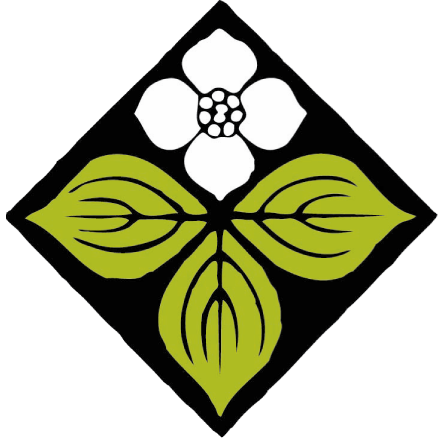Botanical Egg Painting
With Easter right around the corner it’s a great time to try using an egg as a canvas to paint tiny botanical paintings. A wooden egg or boiled real egg make a great surface for a small floral or plant painting study. Small flowers in the genus Nemesia, pansies or violas work great, as they have lots of colors and details, but any flower would work!
1. Boil an egg in a small saucepan. Make sure the water covers the egg completely and boil for about 8 minutes for a hard-boiled egg. Take the egg out of the water and put it into a bowl of cold water. Dry off the egg and you’re ready to paint. You could also use a wooden egg instead!
2. Using acrylic paint create a small painting of your favorite flowers or plants on the surface of the egg. Acrylic paint works great without too much water added, since the surface is very smooth and curved you don’t want the paint to be too thin or it will slide around and drip off the sides. Note if you choose to use brown eggs, you may want to paint a little white under painting, so your colors show up well. (Keep in mind the paint is not edible).
3. You can choose to free hand paint your flower or draw an outline of your flower on lightly with pencil first if you prefer. Since the egg is curved, you may want to prop it up in a cup or using a kitchen towel while you paint to keep it from rolling around as you work. Paint a white base coat or underpainting on your egg if you’re using a brown egg. If you’re using a white egg, you can just begin with your petal color and don’t need the white underpainting.
4. Choose the colors you would like for your petals and paint them on your egg. Colors will mix when wet so you may let one color dry before adding another on top if you are more than one color. Or if the colors are in the same color family (i.e., purple, blue, etc. you can blend them while they are wet). You can use a real flower and paint from life or use a photograph. If you prefer you could invent your own flower from your imagination.
5. Use a small round or flat brush to paint petals on the egg. Once the petals have dried go back in and paint the pistle or center of the flower with another color. Using a small liner brush (size 0, or 1) to create thin pattern or detail lines on your petal once it is dry.
6. After you have added details to the center of your flower and any patterns on the petals you can use greens and yellow to create a stem or leaves. Let your egg dry and then find a cute bowl or basket to show it off in or hide it in your yard for easter! Painted eggs make great gifts as well.
*Make sure to refrigerate your eggs if you plan to eat the hard-boiled eggs inside the painted shell later. Keep in mind acrylic paint is not edible!

